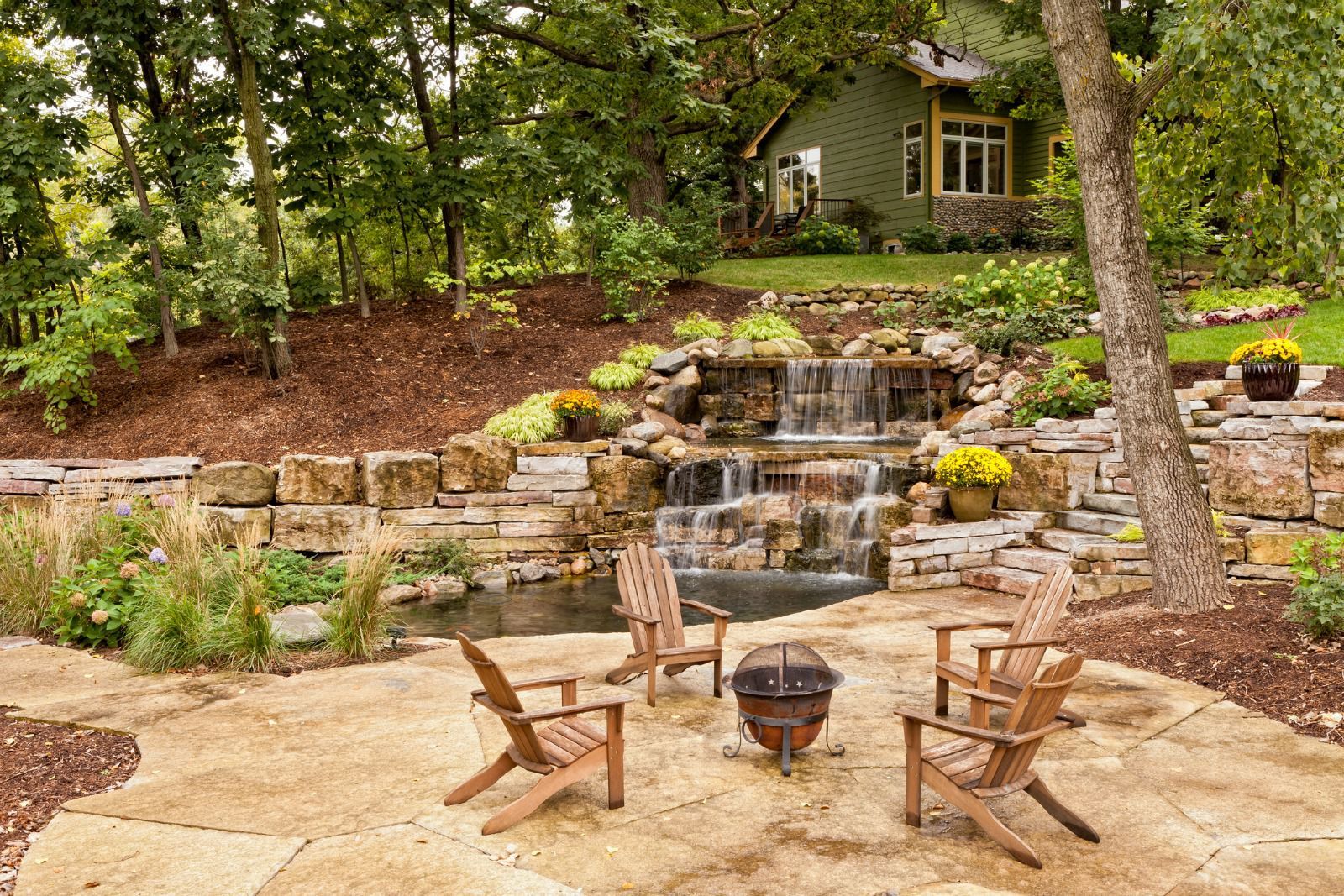I normally prefer the ‘old school” way of doing a lot of things. It’s usually based on common sense and reasoning. The old style of business management appeals to me - you know - before everything became a committee decision and before the word “brainstorming” first appeared. I don’t, however, care for the “old school” way of constructing ponds. The “old school” preaches that filtering pond water is unnecessary - that nature takes care of all that. The pump of choice is a submersible pump and a healthy pond is completely lined with rock. Yeah - and the check’s in the mail.
What’s astonishing is the fact that MOST professionals in the industry subscribe to the “old school”. There are a few who insist their “old school” way is the only way! They do this because they stand to lose the fortune they’ve made on marketing their “old school” products. They’ve invested time and money and built their reputation on it. It kind of makes me feel sorry for these millionaires - NOT!
Then there are the professionals who have learned by the “old school” and do not know any different. They don’t know that the system they’ve been installing for years is just as expensive as a system that’s easy to clean and healthy for the fish. It may be that they’ve grown so familiar with installing this antiquated system that they are reluctant - maybe even scared - to install something with which they are not familiar. We further explore this particular system in our article titled “The “How Not to Build a Pond” Kit” on page 13 of this edition.
The Doc and I spend great amounts of time with our landscaper customers combating the “old school” ways that’s been hammered into their brains for so long. We’ve seen many successes. Landscapers who knew only one system are turned on to a world of choices and find out that not only are they creating a happier customer base they are installing state-of-the-art technology.
It is refreshing and invigorating to see our efforts begin to pay off. Two years ago I would have thought it an impossible dream but now I’m realizing that we are indeed helping to change the way ponds are built - at least in the Atlanta Metro Area. I don’t know about the rest of the world but, for the sake of our customers, we’ll continue to nurture the “new school” of pond design.
